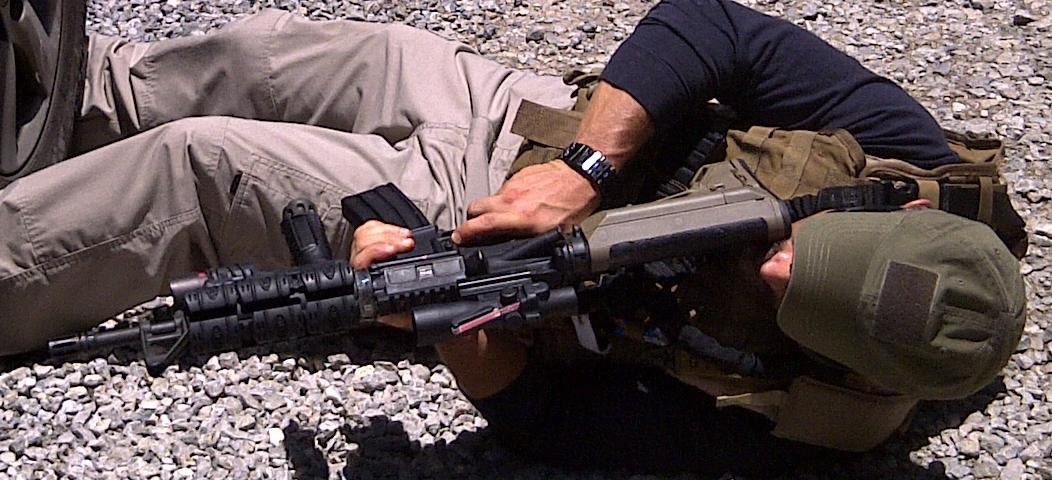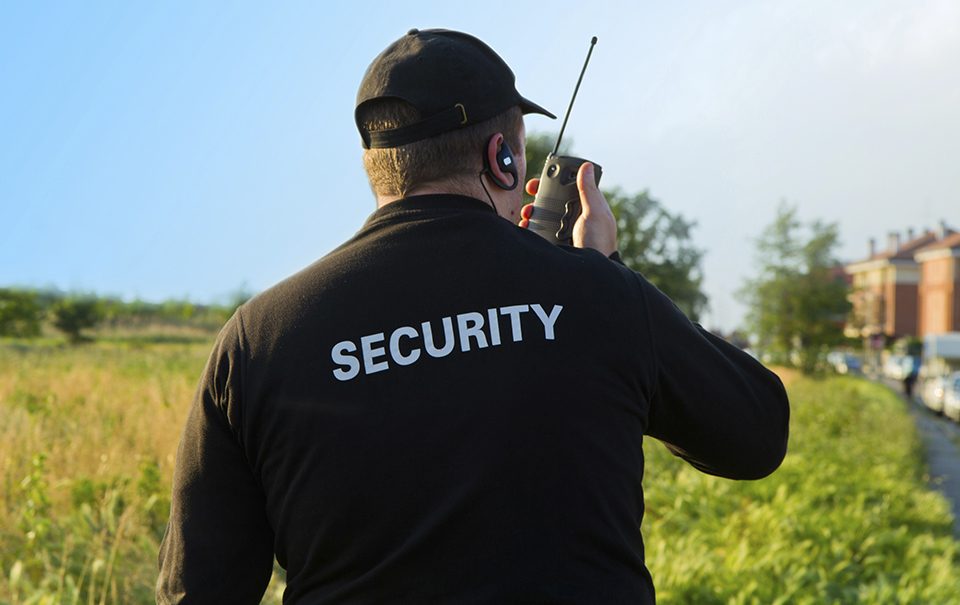Emergency? Professional Planning
by Cecilio Andrade
The mind is like all muscles; it needs to be worked methodologically and on a daily basis. Our first step in creating a good exercise routine, a mental Cross-Fit, necessary for increasing survival possibilities, acting with precise and efficiency, is to create a Personal Reaction Plan (PRP).
As armed professionals, we should always have our PRP. Structured in a way that possess the necessary flexibility, adaptation and efficiency characteristics to minimize risks and increase the possibilities of survival, not only for ourselves but for others as well.

The most common, but at the same time the least desired reaction, against a potentially dangerous situation, is that to freeze and be incapable to react. This happens in several levels of our biological and mammal animal psyche. In almost all levels, we can intervene in order to improve our capacity to react and mitigate the lack of and/or negative actions. One of these interventions is the creation, study, structure, adaptation, and if necessary, modify our own PRP´s.
These cannot be rigid nor fixed plans, they need to be flexible and we need to be adapting them accordingly on a daily basis with continuous daily mental and/or practical rehearsals. Trying to reach a basic master plan in which we can form a reaction structure to all possible scenarios we can encounter in our personal and professional daily activities.

The elementary structure of a PRP must include, a minimum of 10 subject-matter points, which we can create the basic mental adaptation and reaction.
- Performance
- Priorities
- Secure Areas
- Risk Areas
- Itineraries
- Fastest Evacuation Routes
- Most Suggested Evacuation Routes
- First-Aid
- Communications
- Coordination
A very thin line exists between correct planning and excessive planning. The subject-matter points expressed are the key ingredients to gather information, analyze it, and create adaptable reactions to the situations encountered.


